- Free shipping available on orders over £100 (UK) £250 (EU) and $300 rest of the world
WOW365 Armstrong Whitley Bomber
Out of Stock
Description
Description
The Armstrong Whitworth A.W.38 Whitley was one of three British twin-engined, front line bomber types that were in service with the RAF at the outbreak of the Second World War. Alongside the Vickers Wellington and the Handley Page Hampden, the Whitley was developed during the mid-1930s according to Air Ministry Specification B.3/34, which it was subsequently selected to meet. In 1937 the Whitley formally entered into RAF squadron service; it was the first of the three medium bombers to be introduced.
Following the outbreak of war in September 1939, the Whitley participated in the first RAF bombing raid upon German territory and remained an integral part of the early British bomber offensive. In 1942 it was superseded as a bomber by the larger four-engined “heavies” such as the Avro Lancaster. Its front line service included maritime reconnaissance with Coastal Command and the second line roles of glider-tug, trainer and paratroop transport aircraft. The type was also procured by British Overseas Airways Corporation as a civilian freighter aircraft. The aircraft was named after Whitley, a suburb of Coventry, home of one of Armstrong Whitworth’s plants.
On 9 March 1937, the Whitley Mk I began entering squadron service with No. 10 Squadron of the RAF, replacing their Handley Page Heyford biplanes. In January 1938, the Whitley Mk II first entered squadron service with No. 58 Squadron and in August 1938, the Whitley Mk III first entered service with No. 51 Squadron. In May 1939, the Whitley Mk IV first entered service with No. 10 Squadron and in August 1939, the Whitley Mk IVA first entered service with No. 78 Squadron. By the outbreak of the Second World War, a total of seven squadrons were operational, the majority of these flying Whitley III or IV aircraft, while the Whitley V had only just been introduced to service; a total of 196 Whitleys were on charge with the RAF.
At the start of the war, No. 4 Group, equipped with the Whitley, was the only trained night bomber force in the world. Alongside the Handley Page Hampden and the Vickers Wellington, the Whitley bore the brunt of the early fighting and saw action during the first night of the war, when they dropped propaganda leaflets over Germany. The propaganda flight made the Whitley the first aircraft of RAF Bomber Command to penetrate into German airspace. Further propaganda flights would travel as far as Berlin, Prague, and Warsaw. On the night of 19/20 March 1940, in conjunction with multiple Hampdens, the Whitley conducted the first bombing raid on German soil, attacking the Hörnum seaplane base on the Island of Sylt. Following the Hörnum raid, Whitleys routinely patrolled the Frisian Islands, targeting shipping and seaplane activity. The Whitley measured just over 70 feet in length and had an 84 foot wingspan.
Our Whitley Bomber is flown by Leonard Cheshire, VC, OM, DSO & Two Bars, DFC (7 September 1917 – 31 July 1992) who was a highly decorated Royal Air Force pilot and group captain during the Second World War.
In July 1944, Group Captain Leonard Cheshire DSO, and two bars, DFC, was retired from flying having logged a record 102 operations as a pilot with RAF Bomber Command. On 8 September, he was awarded the Victoria Cross, not for an individual act of gallantry, but in recognition of his courage and outstanding leadership from the summer of 1940. Although by no means a natural pilot, Cheshire quickly mastered every aspect of his trade and every aircraft type he flew. His coolness under fire was legendary, and this, combined with his shrewd judgement and warm sense of humour, made him an excellent skipper. As a commanding officer, Cheshire was compassionate and approachable to all of his men regardless of rank, he also inspired strong personal loyalty.
On the night of 12th/13th November 1940, Whitley V P5005 found itself slightly off course above the primary target due to problems with the intercom. Changing instead to a secondary target, some railway marshalling yards near Cologne, Pilot Officer Leonard Cheshire suddenly felt his aircraft rocked by a series of violent flak explosions that caused a severe fire to break out in the fuselage, filling the cockpit with acrid black smoke. As DY-N plunged some 2,000 feet, Cheshire managed to regain control and the fire was eventually extinguished. For bringing his aircraft safely home to 102 Squadron’s base after being airborne for eight and half hours, Cheshire was awarded a DSO.
Our 1/32 scale model is limited to 3 in number worldwide.
The TG/K&C figures shown are for scale reference purposes only and are not included.
Reviews (0)





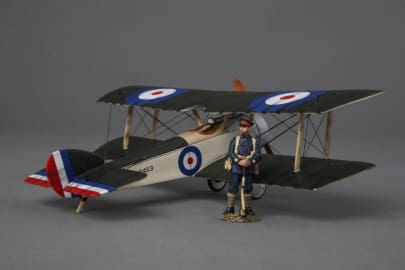
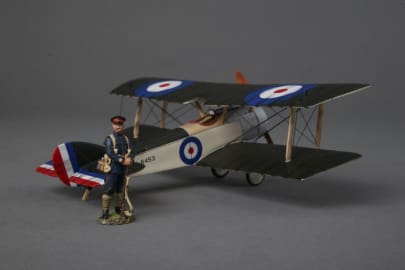
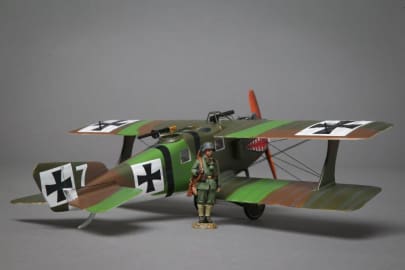
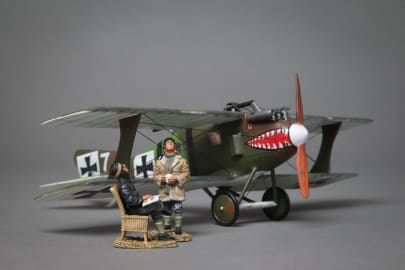
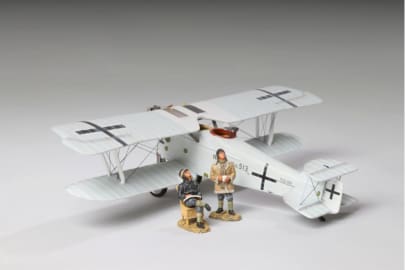
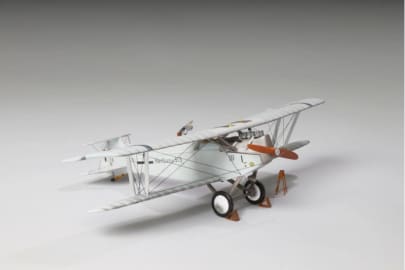
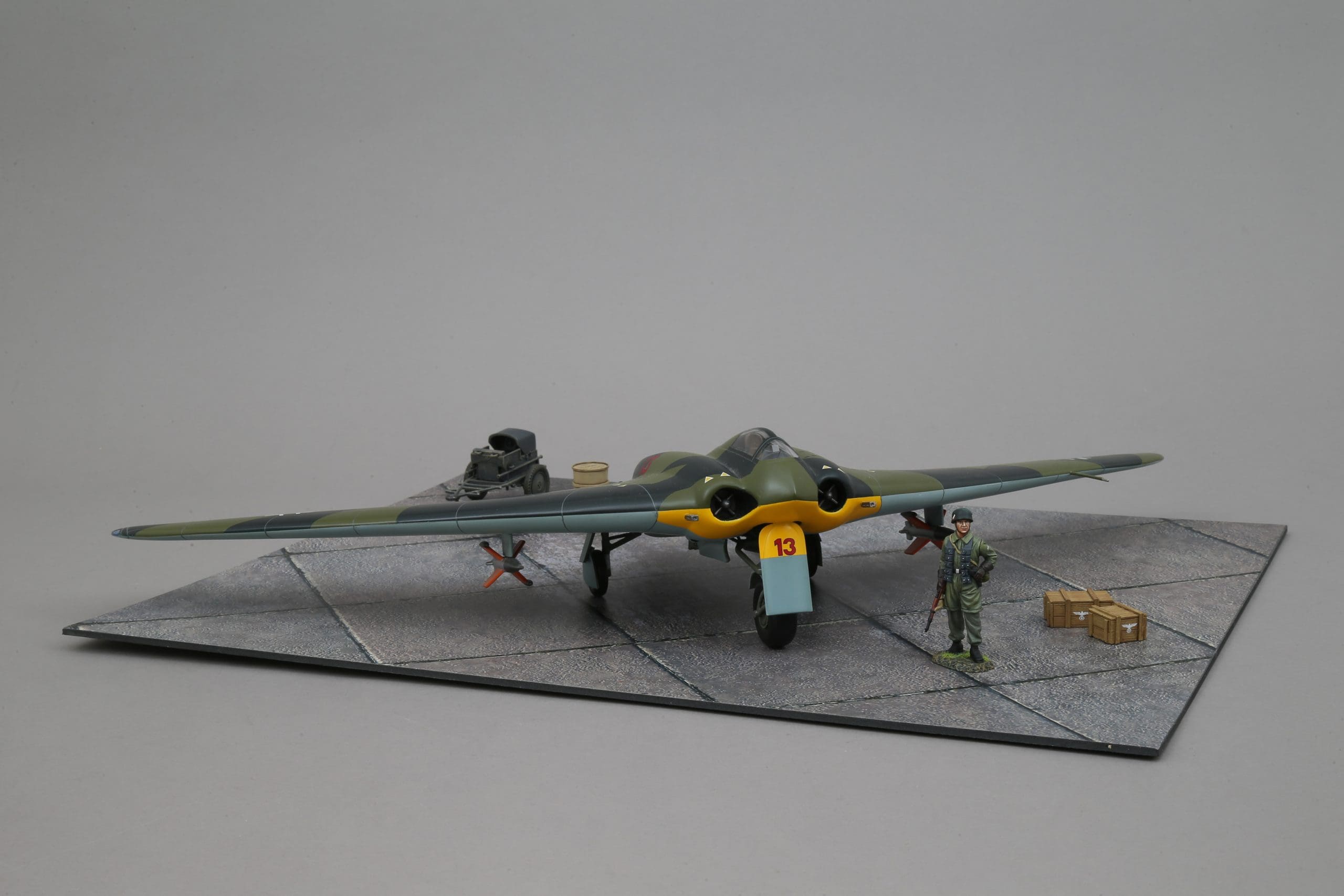
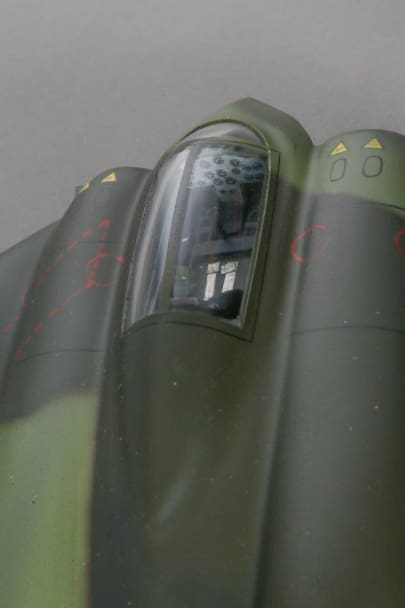
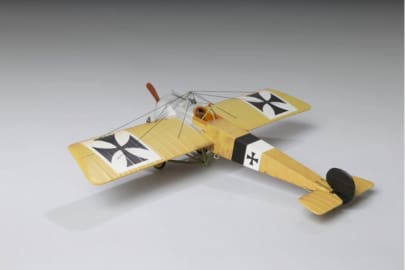
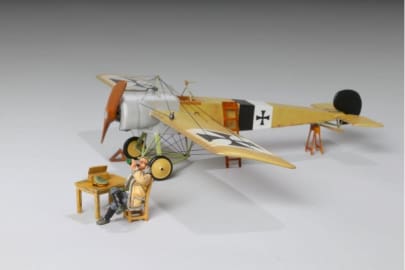
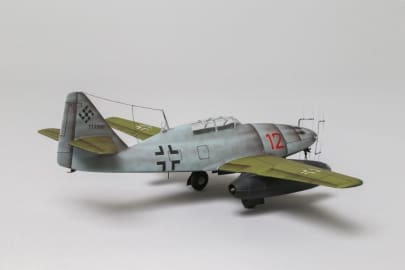
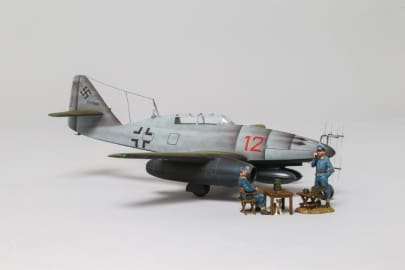
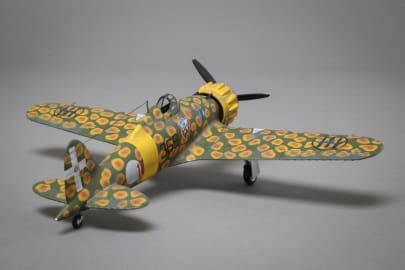
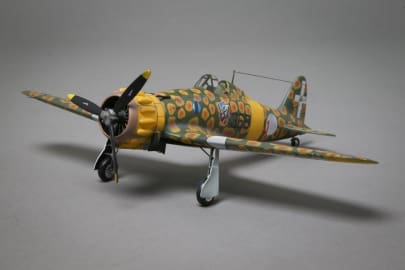
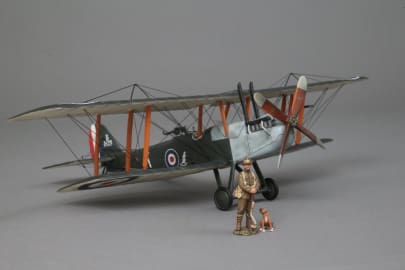
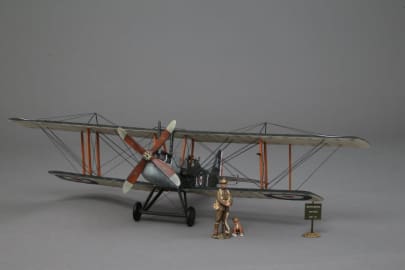
Reviews
There are no reviews yet.